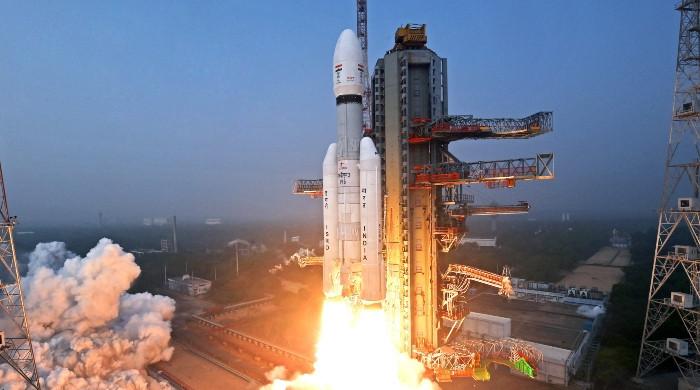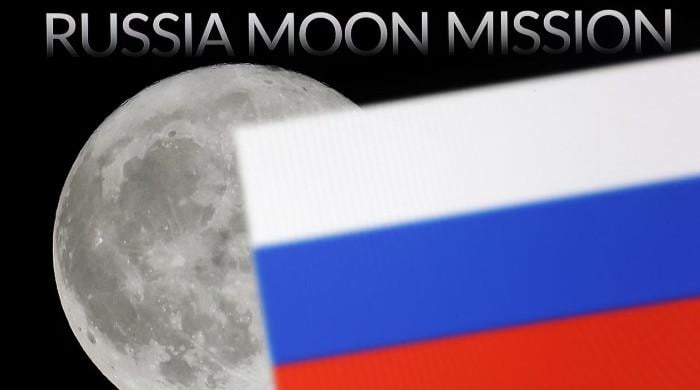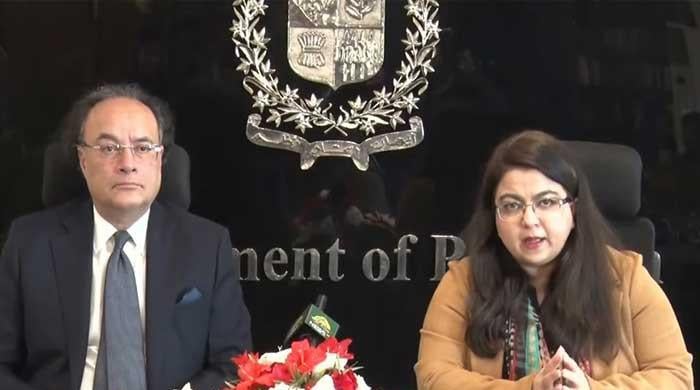This year's last supermoon, fireballs to dazzle skies this week — but where?
This week will prove to be an eventful one for people who enjoy stargazing, astronomy, and eclipses
November 12, 2024

This week promises to be a spectacular time for stargazers across North America as night skies are expected to showcase some of 2024's final celestial events, according to Forbes.
The first celestial event stargazers may look forward to this week is the brighter Northern Taurid meteor shower which is expected to illuminate the night skies with "fireballs" that can be seen most nights.
This event will be followed by the final "supermoon" of the year, a guest appearance from Uranus in areas with minimal light pollution and the Leonid meteor shower.
Northern Taurid meteor shower
The Northern Taurid meteor shower is expected to peak overnight between November 11 and 12, around midnight.
However, this is not a major event, with about five "shooting stars" per hour. As a result, sightings may occur throughout the week but may not be well-defined.
Despite a bright moon affecting their visibility, Taurids are known for their bright "fireballs", as a result of dust and debris left by Comet 2P/Encke in the solar system.
Full 'Beaver supermoon'
The Beaver supermoon, also known as the 'Frost Moon' and 'Mourning Moon', will be the 11th and penultimate full moon of 2024, set to shine on Saturday (November 16).
Although it is classified as a supermoon, it will be the third-smallest of the year's four "supermoons".
For a spectacular view, watch it rise in the east-northeast, where you may also spot Saturn to the left of the full moon.
Uranus's guest appearance
The planet Uranus is also set to reach opposition by Saturday when the Earth’s orbit takes it between the seventh planet and the sun.
This event leads to shorter distances between the planets, making Uranus appear brighter for several weeks.
It rises in the east at sunset, shining at a magnitude of +5.6, making it potentially visible to the naked eye in dark skies. However, a telescope is recommended for better observation.
Leonid meteor shower
The Leonid meteor shower is expected to produce about 15 meteors per hour after midnight on Sunday (November 17), concluding this week's celestial events.
However, viewers should temper their expectations, as a recent full supermoon will brighten the night sky, making it difficult to see the meteors clearly, despite the shower's potential for over 100 meteors per hour at its peak.









